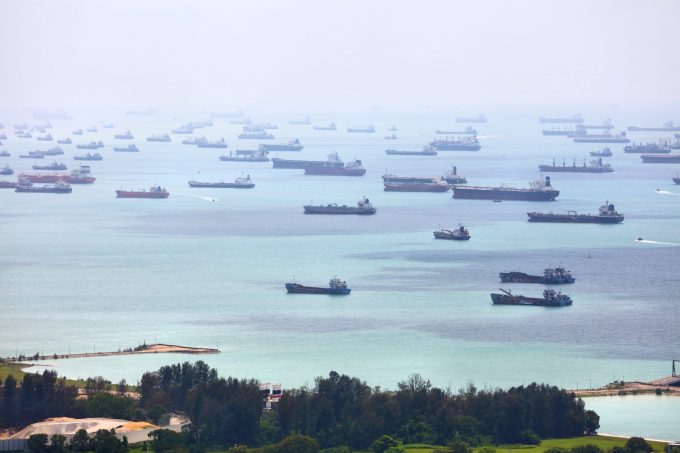Maersk vessel forced to omit Cape Town as congestion mounts
The port of Cape Town is facing significant congestion, which is set to worsen this ...

Singapore’s transport minister said in parliament yesterday that the Maritime and Port Authority of Singapore (MPA) and port operator PSA were in discussions with liner operators to optimise vessel arrival times and operations to improve turnaround.
Chee Hong Tat said nearly all containerships bound for Singapore were arriving late, as the Red Sea crisis continues to disrupt shipping schedules.
So far this year, 90% of boxships calling at the world’s second-busiest port were not berthing on time – the 2023 average was ...
Transpacific sees first major MSC blanks as rates fall and volumes falter
'It’s healthy competition' Maersk tells forwarders bidding for same business
Opposition builds for final hearing on US plan to tax Chinese box ship calls
White House confirms automotive tariffs – 'a disaster for the industry'
New price hikes may slow ocean spot rate slide – but for how long?
Supply chain delays expected after earthquake hits Myanmar
Shippers snap up airfreight capacity to US ahead of tariff deadline
Good start for Gemini, liner schedule reliability data reveals

Comment on this article